Ditapis dengan

Fusion Reactor Design: Plasma Physics, Fuel Cycle System, Operation and Maint…
Fusion Reactor Design Provides a detailed overview of fusion reactor design, written by an international leader in the field Nuclear fusion—generating four times as much energy from the same mass of fuel as nuclear fission—is regarded by its proponents as a viable, eco-friendly alternative to gas-fired, coal-fired, and conventional power plants. Although the physics of nuclear fusion is es…
- Edisi
- -
- ISBN/ISSN
- 978-3-527--41403-1
- Deskripsi Fisik
- xxvi,613p.:illus.;25cm.
- Judul Seri
- -
- No. Panggil
- 621.483 OKA F
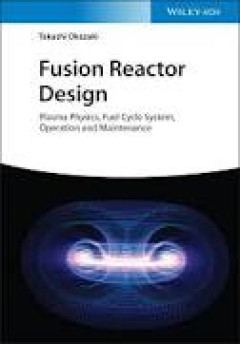
Fusion Reactor Design: Plasma Physics, Fuel Cycle System, Operation and Maint…
Fusion Reactor Design Provides a detailed overview of fusion reactor design, written by an international leader in the field Nuclear fusion—generating four times as much energy from the same mass of fuel as nuclear fission—is regarded by its proponents as a viable, eco-friendly alternative to gas-fired, coal-fired, and conventional power plants. Although the physics of nuclear fusion i…
- Edisi
- -
- ISBN/ISSN
- xxvi,613p.:illus.;25cm.
- Deskripsi Fisik
- xxvi,613p.:illus.;25cm.
- Judul Seri
- -
- No. Panggil
- 621.483 TAK F
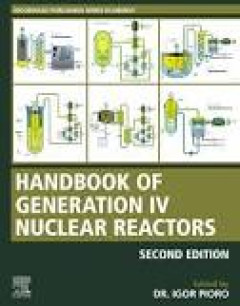
Handbook Of Generation IV Nuclear Reactors: Second Edition
Handbook of Generation IV Nuclear Reactors, Second Edition is a fully revised and updated comprehensive resource on the latest research and advances in generation IV nuclear reactor concepts. Editor Igor Pioro and his team of expert contributors have updated every chapter to reflect advances in the field since the first edition published in 2016. The book teaches the reader about available tech…
- Edisi
- -
- ISBN/ISSN
- 978-0-12-820588-4
- Deskripsi Fisik
- xix,1079p.:illus.;27.5cm.
- Judul Seri
- -
- No. Panggil
- 621.483 PIO H
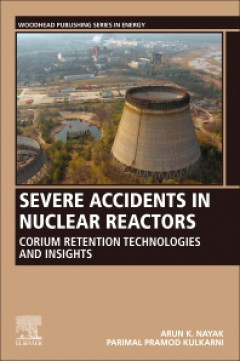
Severe Accidents in Nuclear Reactors Corium Retention Technologies and Insights
Severe Accidents in Nuclear Reactors: Corium Retention Technologies and Insights presents an authoritative and practical analysis of the latest severe accident management strategies based on previous events and experiments. Written for utilities and industries operating and researching nuclear cooled reactor power plants, this book presents the exponential growth in research since major nuclear…
- Edisi
- -
- ISBN/ISSN
- 9780128223048
- Deskripsi Fisik
- xv,394p.:illus.;25cm.
- Judul Seri
- -
- No. Panggil
- 621.483 NAY S
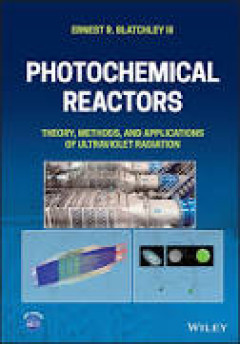
Photochemical Reactors: Theory, Methods, and Applications of Ultraviolet Radi…
An intuitively organized and incisive exploration of UV radiation and its modern applications In Photochemical Reactors: Theory, Methods, and Applications of Ultraviolet Radiation, distinguished civil engineer and researcher Dr. Ernest R. Blatchley III delivers a comprehensive exploration of the theory, methods, and contemporary and emerging applications of ultraviolet (UV) radiation. The auth…
- Edisi
- -
- ISBN/ISSN
- 9781119871309
- Deskripsi Fisik
- xvii,583p.:illus.;26cm.
- Judul Seri
- -
- No. Panggil
- 604 BLA P
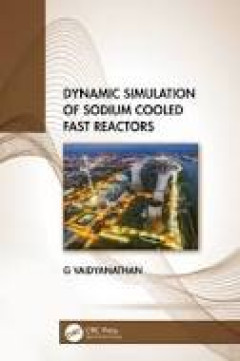
Dynamic Simulation Of Sodium Cooled Fast Reactors
This book provides the basis of simulating a nuclear plant, in understanding the knowledge of how such simulations help in assuring the safety of the plants, thereby protecting the public from accidents. It provides the reader with an in-depth knowledge about modeling the thermal and flow processes in a fast reactor and gives an idea about the different numerical solution methods. The text high…
- Edisi
- -
- ISBN/ISSN
- 978-1-032-25435-7
- Deskripsi Fisik
- xv, 256p.:illus.;24 cm.
- Judul Seri
- -
- No. Panggil
- 604 VAI D

Sustainability of Life Cycle Management for Nuclear Cementation-Based Technol…
Sustainability of Life Cycle Management for Nuclear Cementation-Based Technologies, edited by Dr. Rahman and Dr. Ojovan, presents the latest knowledge and research on the management of cementitious systems within nuclear power plants. The book covers aging, development and updates on regulatory frameworks on a global scale, the development of cementitious systems for the immobilization of probl…
- Edisi
- -
- ISBN/ISSN
- 978-0-12-818328-1
- Deskripsi Fisik
- xix, 653p.:illus.;24cm
- Judul Seri
- -
- No. Panggil
- 621.483 ABD S
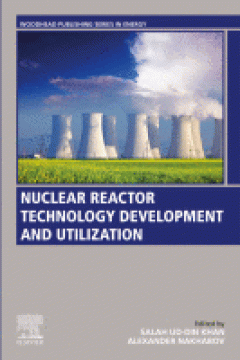
Nuclear Reactor Technology Development and Utilization A volume in Woodhead P…
Nuclear Reactor Technology Development and Utilization presents the theory and principles of the most common advanced nuclear reactor systems and provides a context for the value and utilization of nuclear power in a variety of applications both inside and outside a traditional nuclear setting. As countries across the globe realize their plans for a sustainable energy future, the need for innov…
- Edisi
- -
- ISBN/ISSN
- 978-0-12-818483-7
- Deskripsi Fisik
- xvi, 492p.:illus.;24cm
- Judul Seri
- -
- No. Panggil
- 621.483 UUD N
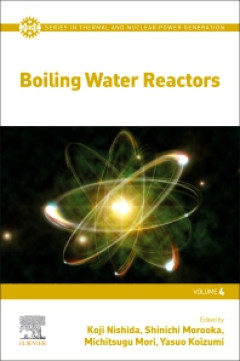
Boiling Water Reactors
Boiling Water Reactors, Volume Four in the JSME Series on Thermal and Nuclear Power Generation compiles the latest research in this very comprehensive reference that begins with an analysis of the history of BWR development and then moves through BWR plant design and innovations. The reader is guided through considerations for all BWR plant features and systems, including reactor internals, saf…
- Edisi
- -
- ISBN/ISSN
- 978012823612
- Deskripsi Fisik
- 575p.:illus.;24,5cm
- Judul Seri
- -
- No. Panggil
- 621.48 NIS B
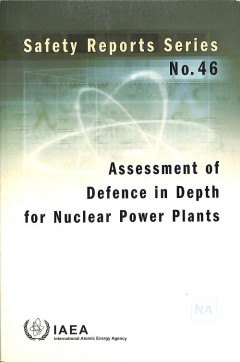
Assessment of Defence in Depth for Nuclear Power Plants
This book consist : Introduction; The concept of defence in depth; Approach for making an inventory of the defence in depth capabilities of a plant; Applications; and Conclusions. (Jml)
- Edisi
- -
- ISBN/ISSN
- 9201140045 / 10206450
- Deskripsi Fisik
- 120 p. : illus. ; 24 cm
- Judul Seri
- Safety Reports Series No. 46
- No. Panggil
- -
 Karya Umum
Karya Umum  Filsafat
Filsafat  Agama
Agama  Ilmu-ilmu Sosial
Ilmu-ilmu Sosial  Bahasa
Bahasa  Ilmu-ilmu Murni
Ilmu-ilmu Murni  Ilmu-ilmu Terapan
Ilmu-ilmu Terapan  Kesenian, Hiburan, dan Olahraga
Kesenian, Hiburan, dan Olahraga  Kesusastraan
Kesusastraan  Geografi dan Sejarah
Geografi dan Sejarah